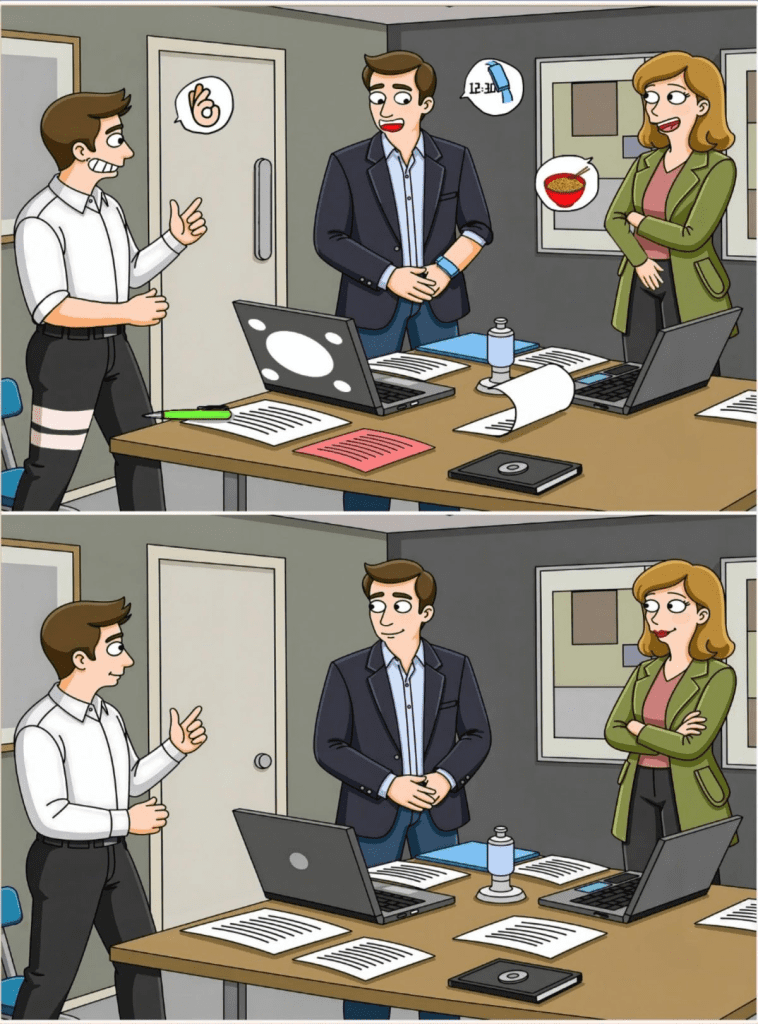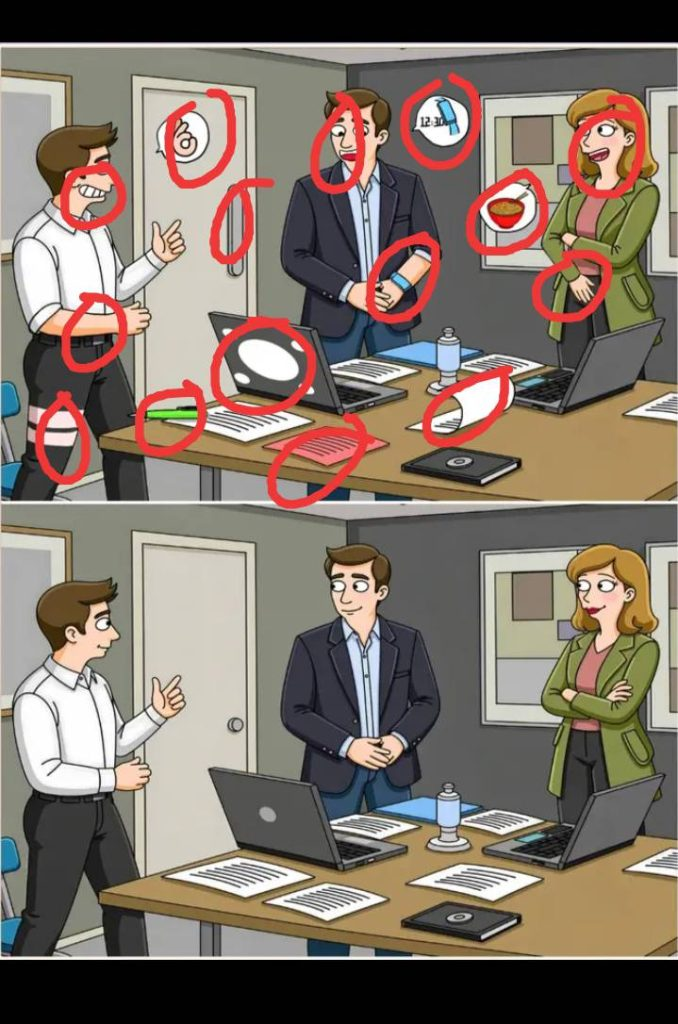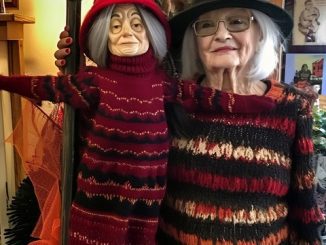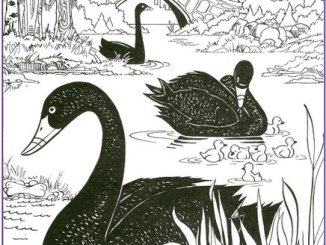Are you ready to test your observation skills with a challenge that’s as fun as it is frustrating? You’re about to face a classic spot-the-difference puzzle—but this one comes with a twist. You only have 30 seconds to find all 15 differences between the two nearly identical images.
Look closely. At first glance, everything seems the same. But if you squint a little harder, the changes start to reveal themselves. Are you up for the challenge? Start your timer, take a deep breath, and see how many you can catch before the seconds run out!
Why Are Spot-the-Difference Puzzles So Tricky?

Let’s be honest—our eyes can be deceiving. One of the biggest reasons people struggle with this type of visual puzzle is because the brain naturally fills in the gaps. If two images are 95% the same, we tend to overlook the tiny tweaks that make the remaining 5% different.
Most puzzles like this play a mental trick on you. Your brain expects everything to match, so it filters out inconsistencies, especially subtle ones like a missing button, a color change, or a shifted object. The faster you try to find the differences, the easier it is to miss them.
Here are a few of the most common mistakes people make when solving these puzzles:
- Focusing only on the center of the image
- Overlooking repeating patterns or background elements
- Getting overwhelmed by too much visual information
- Letting their eyes skip over similar-looking objects
So, how can you avoid these mistakes and boost your spotting power?
Video : Find Difference in both Pictures if you are Genes
Step-by-Step Breakdown of the 15 Differences
Let’s walk through the puzzle together. Below are the 15 differences between the top and bottom images, each marked in red in the solution:
- The man’s mouth on the left is open in the top image but closed in the bottom.
- The clock on the back wall has a different time.
- The loop on the door behind the man is present only in the top image.
- The woman’s mouth on the right is open in the top image but closed in the bottom.
- The pattern on the man’s belt is missing in the bottom image.
- The man’s shirt pocket on the left has disappeared.
- One of the papers on the table is missing its corner shadow.
- A green object (pen or highlighter) on the table is missing in the bottom image.
- The middle laptop screen shows a white glare in the top image, but it’s clean in the bottom.
- A red folder on the table is missing.
- The watch on the man in the center is gone in the bottom image.
- The red bowl on the back wall art is not there in the bottom image.
- A white stripe on the rolled-up paper is missing.
- The woman’s buttons on her jacket are gone.
- A CD/DVD on the table changes position slightly.
Each one of these changes is small on its own, but together they make up a great challenge for your observation skills. If you caught all 15 without looking at the solution, consider yourself a true visual detective!

Why Details Make All the Difference
The beauty of puzzles like this lies in how they train your brain. You’re not just playing—you’re improving your ability to focus, notice patterns, and think critically under pressure.
Spot-the-difference puzzles exercise both your short-term memory and your attention to detail. As you scan from one image to the next, your brain is constantly analyzing, comparing, and evaluating visual data. It’s a great way to stay mentally sharp while having fun.
How to Get Better at Solving These Puzzles
If you want to master spot-the-difference games, here are some practical tips:
- Break the image into zones: Top-left, top-right, bottom-left, and bottom-right. Focus on each section before moving on.
- Compare background elements like walls, clocks, paintings, and furniture. These often hide the trickiest differences.
- Don’t rush—speed leads to oversight. Instead, scan with purpose.
- Play regularly to train your visual memory and sharpen your attention span.
Like anything, the more you practice, the better you’ll get.
Your Turn: How Many Differences Did You Find?
We want to hear from you! Drop a comment below and let us know how many differences you found in 30 seconds. Did you get all 15? Did any particular change trick you?
Video : Find 15 differences! Reply “got it” once you find all 15
Challenge your friends by sharing this post and see who’s got the sharpest eyes. Maybe even set a timer and make it a group competition. The more you play, the better you get—and it’s way more fun when it’s shared!
Keep Exploring, Keep Challenging Your Mind
Spot-the-difference puzzles like this aren’t just a quick game—they’re brain boosters in disguise. They teach you patience, precision, and visual focus. So if you enjoyed this one, why stop here?
Keep playing, keep challenging yourself, and keep improving your mental agility. Whether it’s during a coffee break, while commuting, or before bed, these puzzles are a perfect way to sharpen your mind one difference at a time.
Remember: sometimes the difference between winning and losing is in the details. So keep looking closer—and never stop training your brain.


